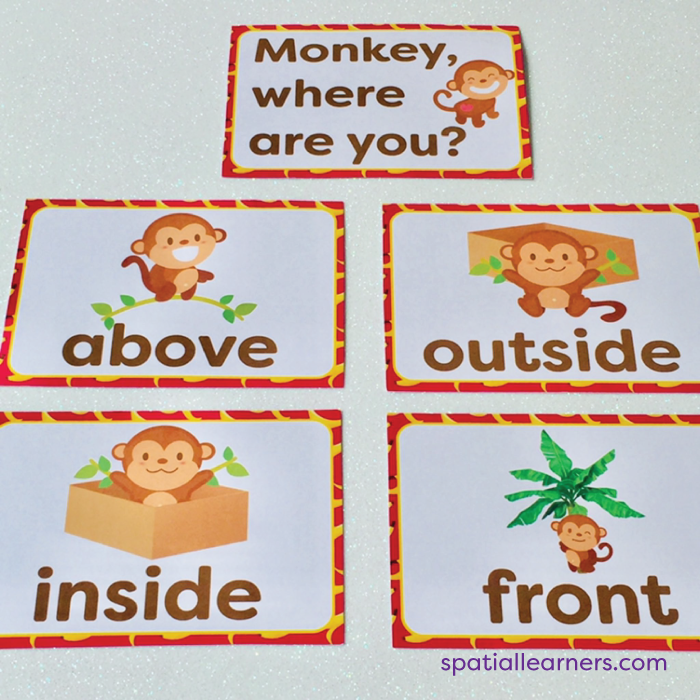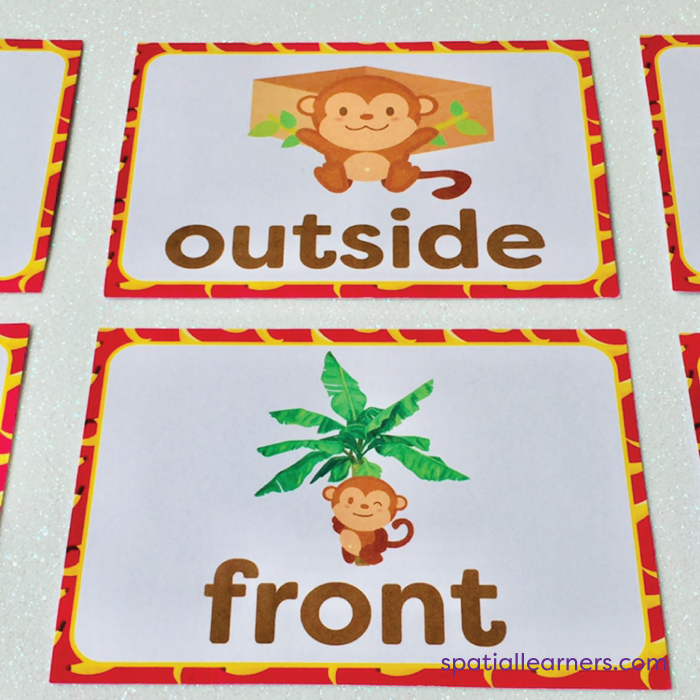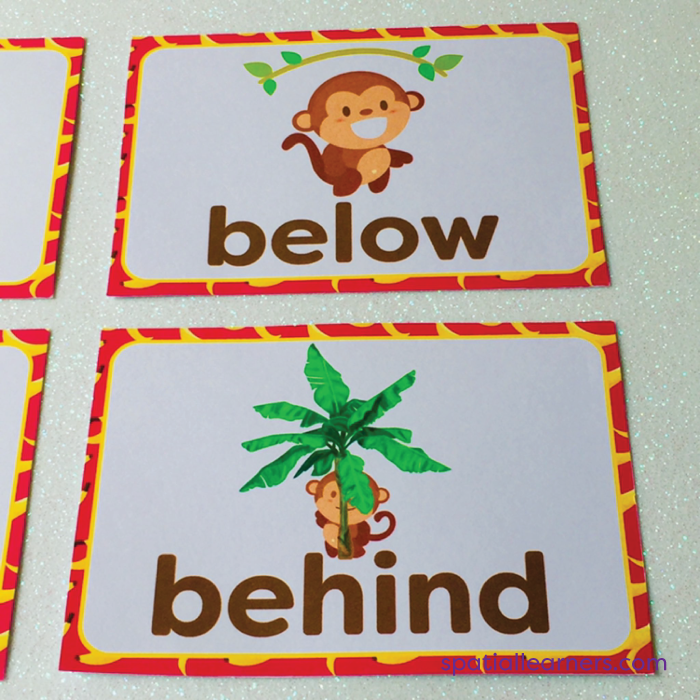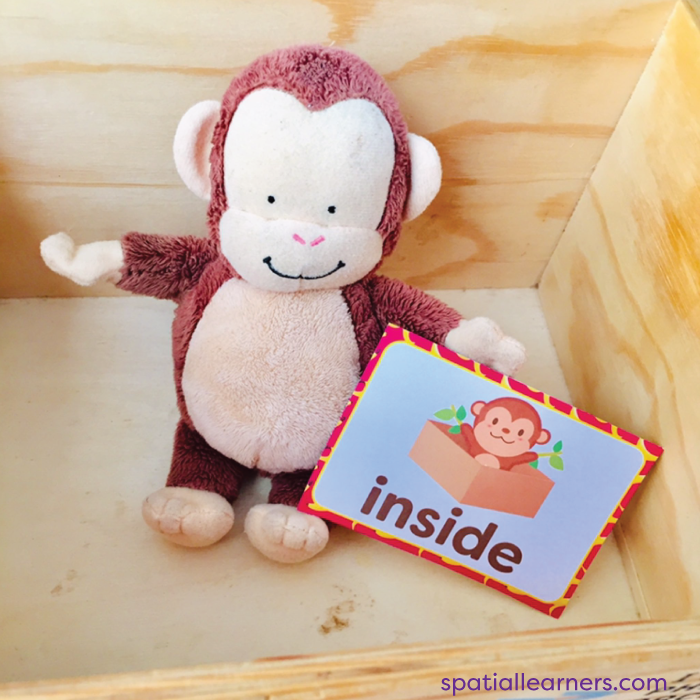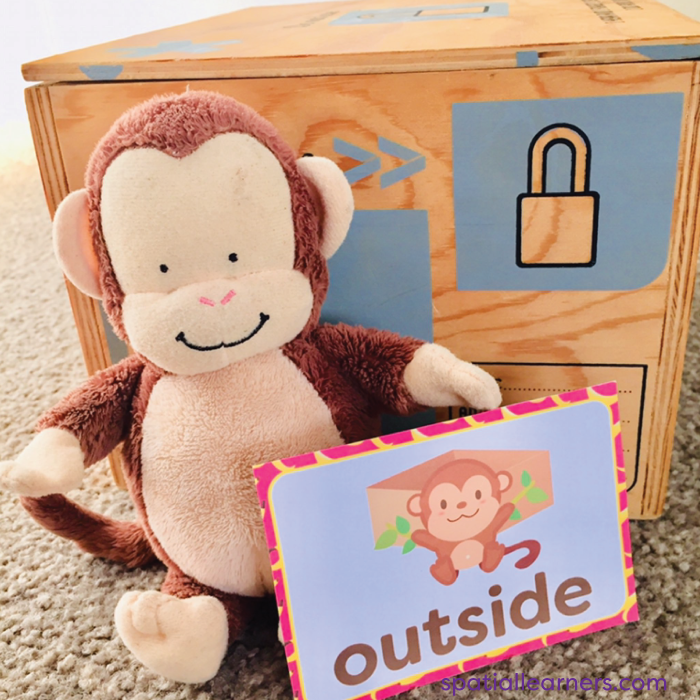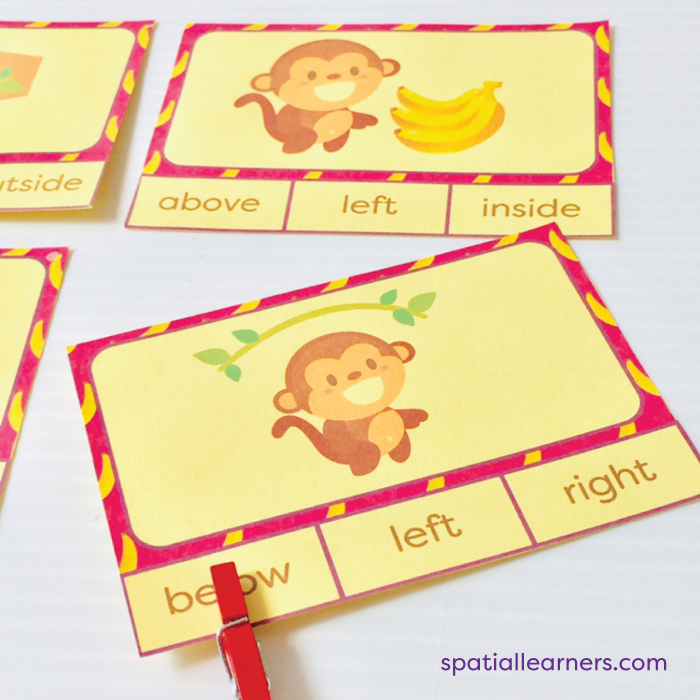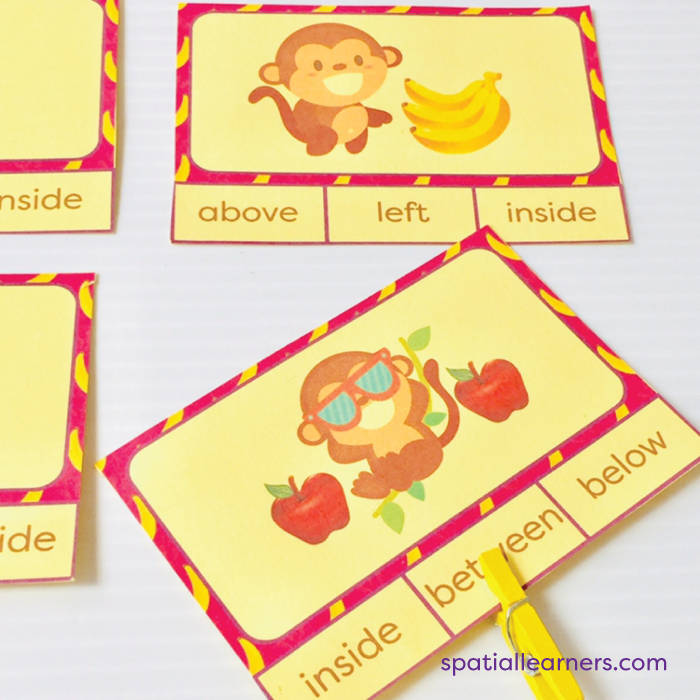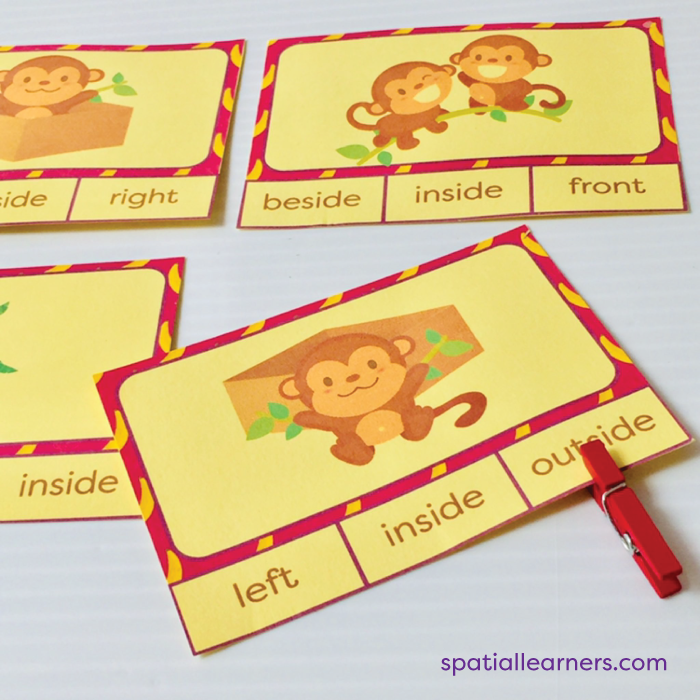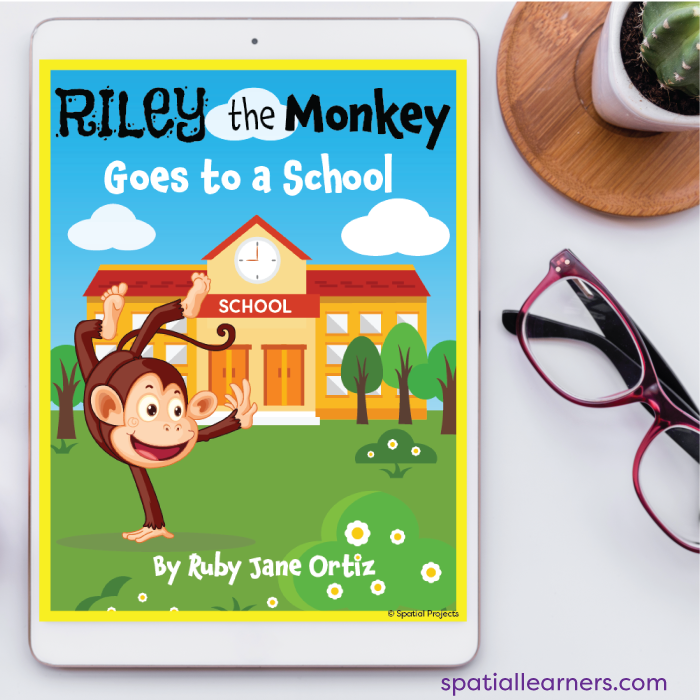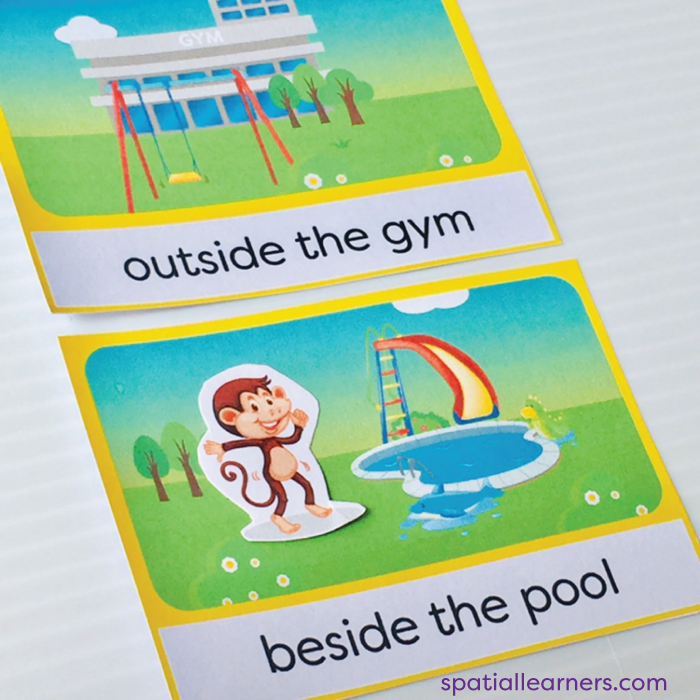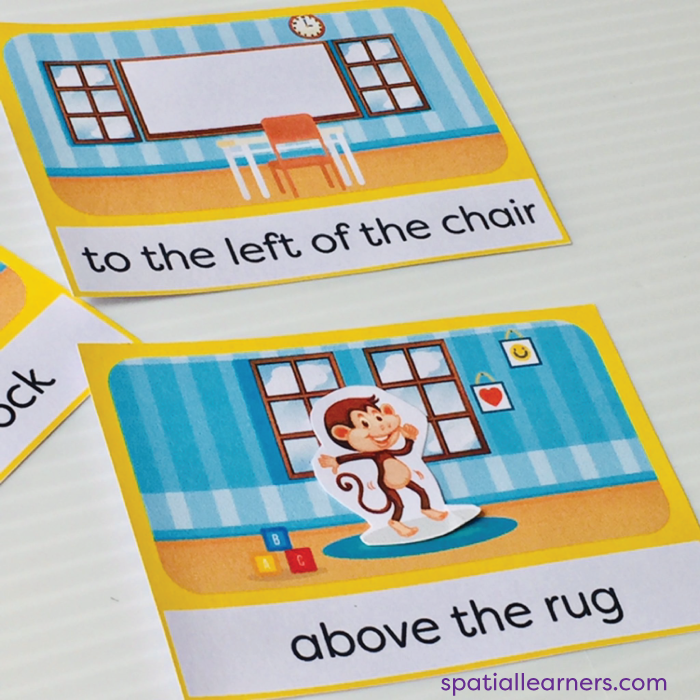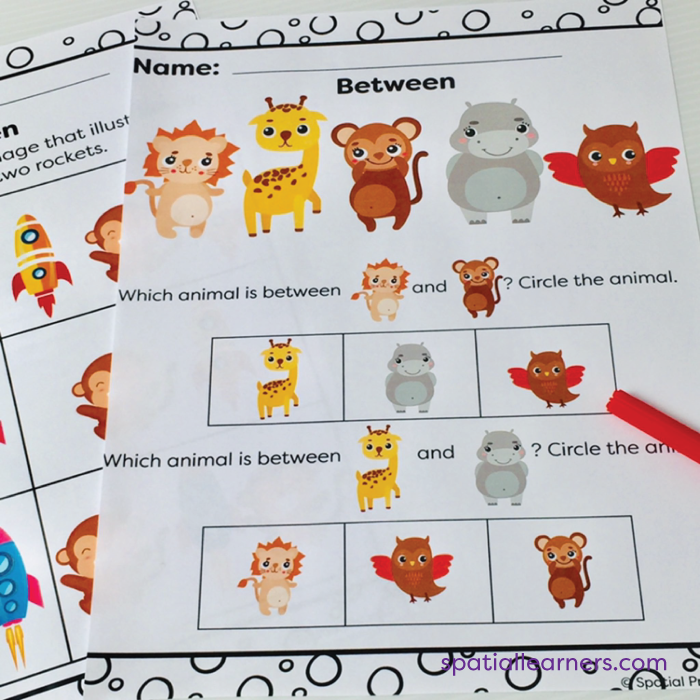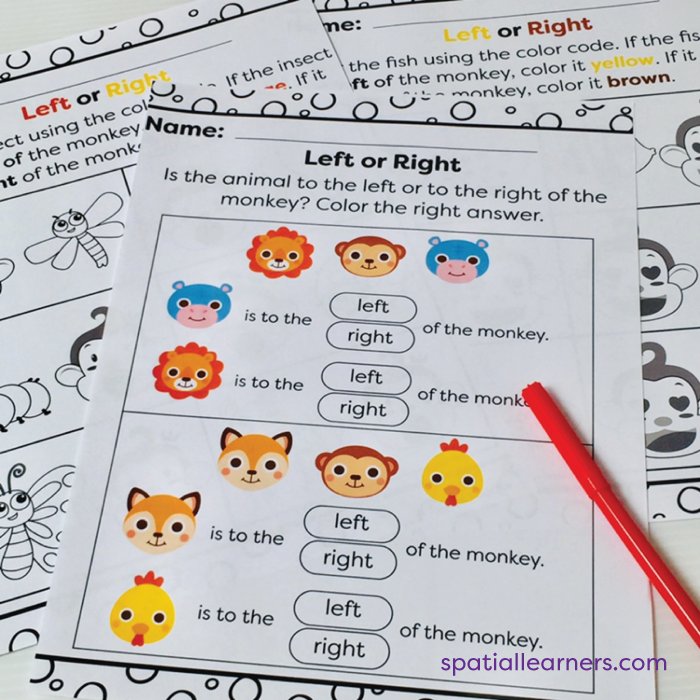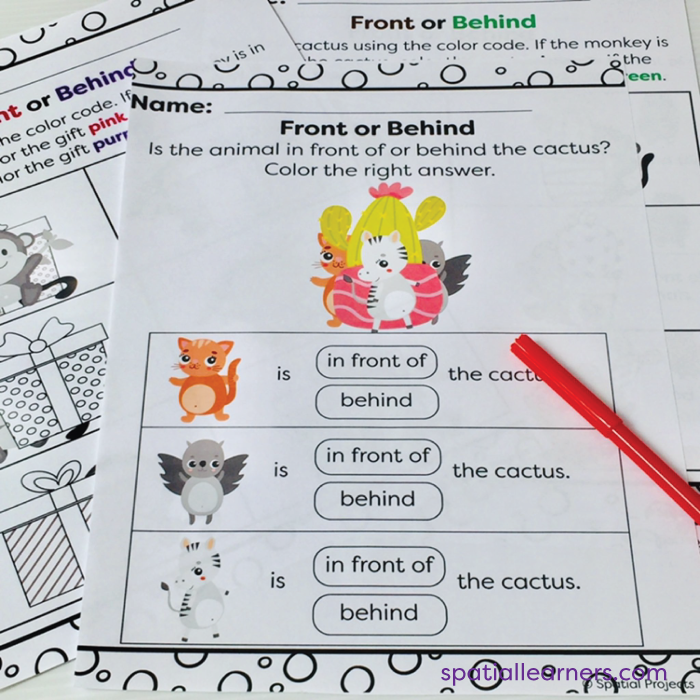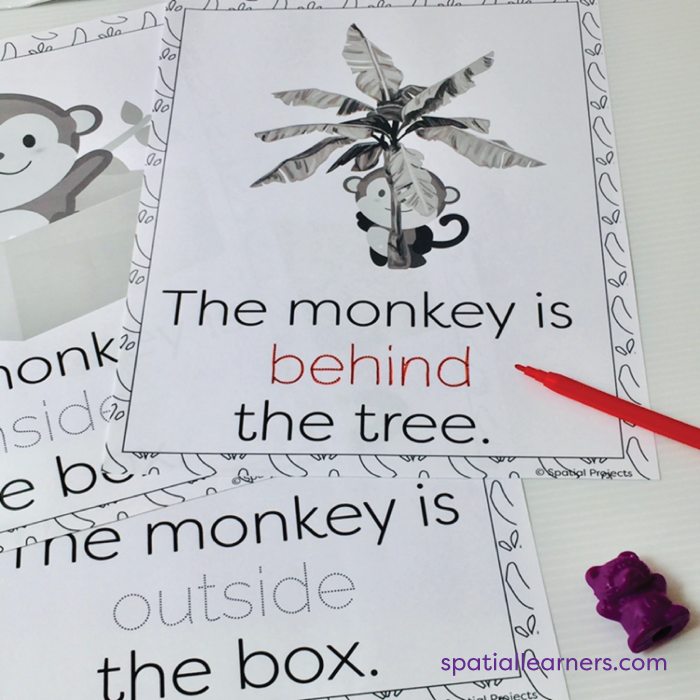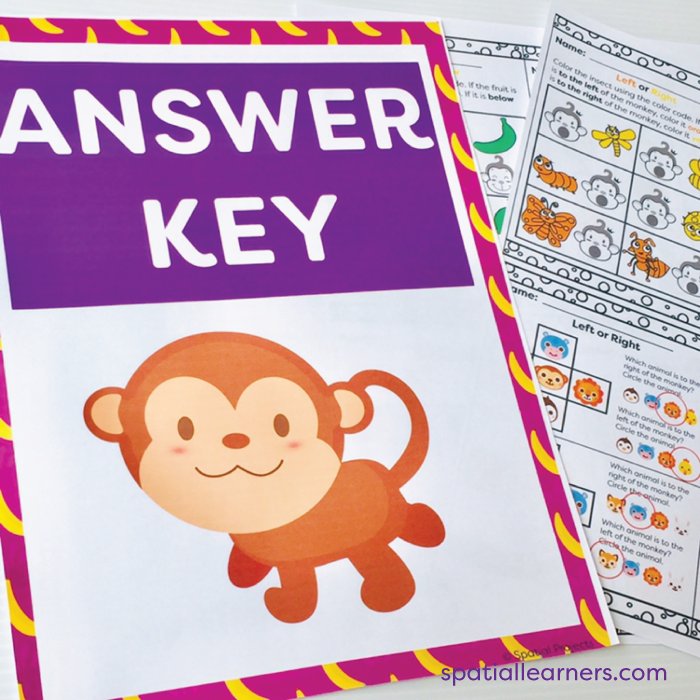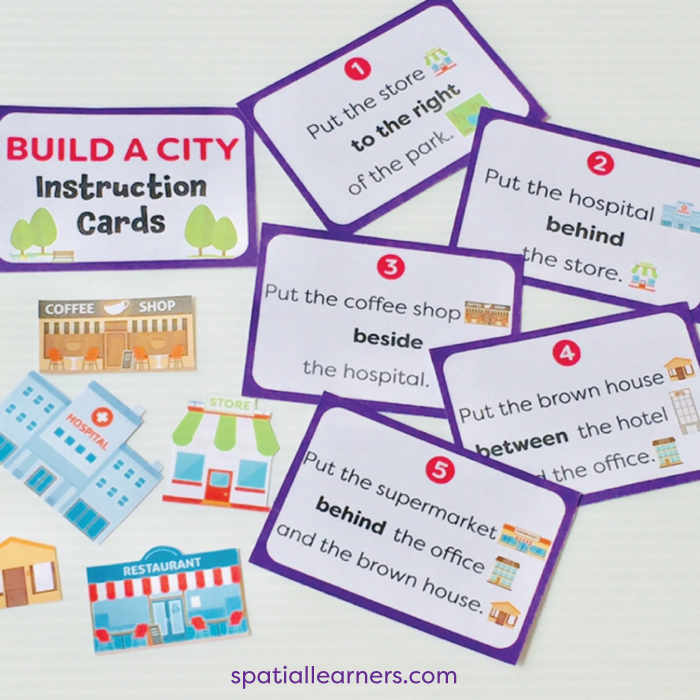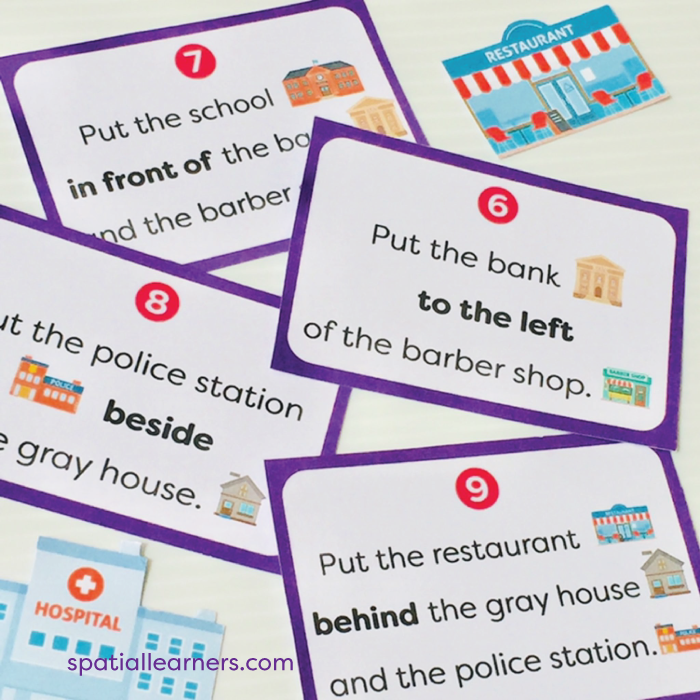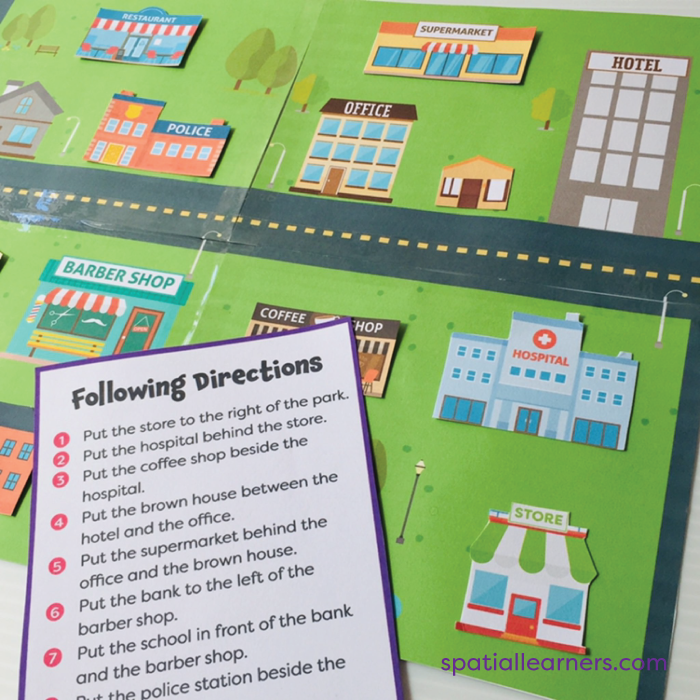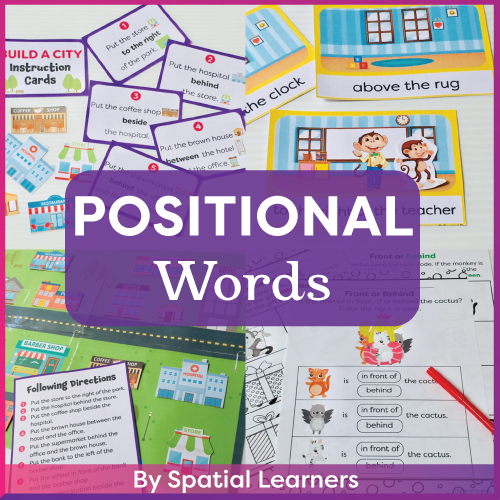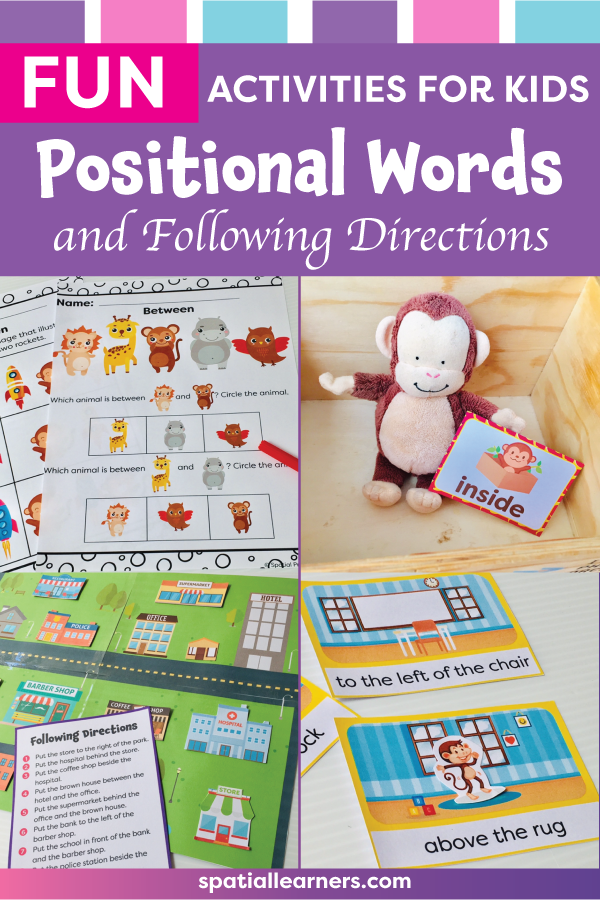POSITIONAL WORDS
Yes! It's time to learn about positional or spatial words! These words (or clauses) describe the position of an object in space, often in relation to another object. They tell us where a person, an animal, or a thing is. Children must be taught positional words to be able to communicate the locations of things around them.
Let your children enjoy learning positional words! Here are some fun and engaging activities you can do to facilitate their learning.
Yes! It's time to learn about positional or spatial words! These words (or clauses) describe the position of an object in space, often in relation to another object. They tell us where a person, an animal, or a thing is. Children must be taught positional words to be able to communicate the locations of things around them.
Let your children enjoy learning positional words! Here are some fun and engaging activities you can do to facilitate their learning.
Introduction and Checking Prior Knowledge
Introduce the children to positional words by asking the following questions at the beginning of the lesson:
- Where is the _______ (insert name of an object in their surroundings)?
- What do the words outside, above, and behind have in common?
- Can you use the word "above" in a sentence? (Change the term "above" with outside, behind, left, and right.)
- What is a positional word?
Based on their answers, discuss prior knowledge. Then introduce different positional words using word cards and clip cards.
These word cards display the different words that will be learned by the children. The words include front, behind, left, right, inside, outside, above, below, between, and beside. Ask the children to describe the monkey in each picture. (e.g. The monkey is inside the box.) To make the lesson more interactive, you can use a monkey plush toy and recreate the scenarios illustrated on the word cards.
After having fun with the word cards, show the clip cards and clothespins in a small container. Have the children say the name of the positional word being illustrated on the card and then clip the word. The use of clothespins helps them develop their fine motor skills.
Reading
After the introduction, read the book "Riley the Monkey Goes to a School" to the class during circle time. The book describes Riley's different positions when he visited a school. After reading the book, discuss its content. Use the cards included in the Book Companion to check your learner's understanding of positional words. Ask your children to place Riley on the correct position indicated on each card.
Assessment
At the end of the lesson, review what your children learned by asking the following questions:
- What is a positional word?
- Name some positional words.
Then use engaging worksheets to check your learners' understanding. Check out Spatial Learners Positional Words Workbook which includes 30 workpages and answer key.
Fun Wrap-Up
To wrap up the unit on positional words, let your children play games. In "Build a City" board game, your children will follow the directions stated on the instruction cards to build a city.
In "Where is the Monkey?" interactive game, the children will choose the correct positional words to describe the position of the monkey in different scenarios. Open the file in Adobe pdf reader. Click View - Page Display - Single Page View. Follow the game instructions and enjoy!
Positional Words and Following DirectionsGet ALL the resources you need to teach positional words and following directions! This packet includes ten posters, clip cards, word cards, workbook (30 work pages and answer key), book, book companion, "Build a City" project (following directions activity), and interactive game.
This comprehensive packet has five resources included:
|
❤️ Did you enjoy this article? Save, pin, and share! Choose one from the following images.
Thank you so much for reading!
Lots of love,
Ruby Jane ❤️
Lots of love,
Ruby Jane ❤️
